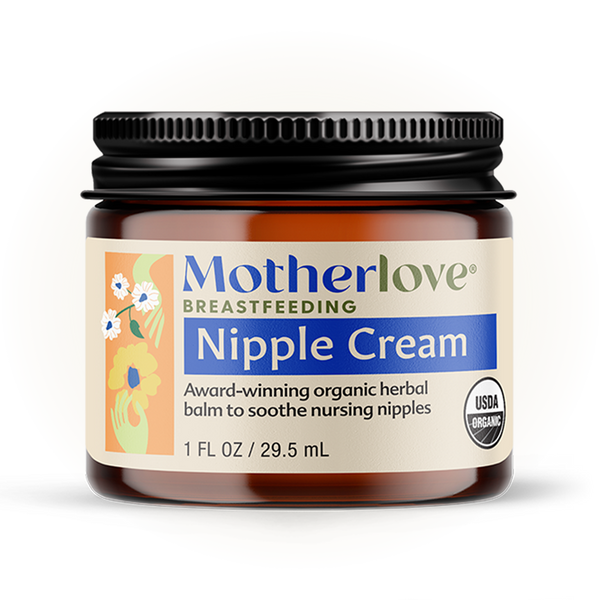Sometimes babies just won't nurse. For some, this behavior starts from birth and for others, it takes the form of a “nursing strike” sometime during breastfeeding. There are also instances where moms want to relactate for a baby who has weaned altogether.
If your baby is refusing to nurse, you're probably pretty concerned about how to keep up your milk supply. Milk supply is based on how much milk is removed from the breast, so it's a very valid concern. If your baby isn't removing any milk, your supply can decline significantly.
Here are some key ways to keep up your milk supply while your baby is refusing to nurse:
- Get help. Call a breastfeeding support person such as a lactation consultant (IBCLC), the La Leche League, a Breastfeeding USA counselor, or your local WIC office's breastfeeding peer counselor for help. The sooner you get help, the better your milk supply and breastfeeding experience will be! This is also the time to call on family and friends to help lighten your load so you can focus on your milk supply and resting.
- Remove milk with hands-on pumping. The key to building and maintaining a good milk supply is frequent and effective milk removal. Use a high quality pump (a hospital grade breast pump is recommended) and aim to double pump as often as you would be nursing, which usually means 8-12 times in 24 hours. Breast pumps generally don't stimulate as strong of a hormonal response as your baby does, so use hands-on pumping to remove even more milk, empty all parts of the breast, and support your hormonal response.
- Consider a galactagogue. If you notice that your supply is declining while you are working hard to remove milk, you may also want to consider a galactagogue to support your supply, especially if the cause of your baby's breast refusal is low milk supply.
- Skin-to-skin. A key way to both sustain your milk-making hormones and coax your baby to the breast is skin-to-skin contact. As much as you are able, hold your baby skin-to-skin. The warmth and smell of your body and your milk will keep your baby habituated to your breast and boost your milk production.
- Baby-led latching and laid-back breastfeeding. While your baby is skin-to-skin, you may notice that she roots around for the breast. Holding your baby skin-to-skin, especially in a laid back position, may speed her transition or return to breastfeeding.
Additional information on breast refusal, and establishing and maintaining supply is available at KellyMom.com.




